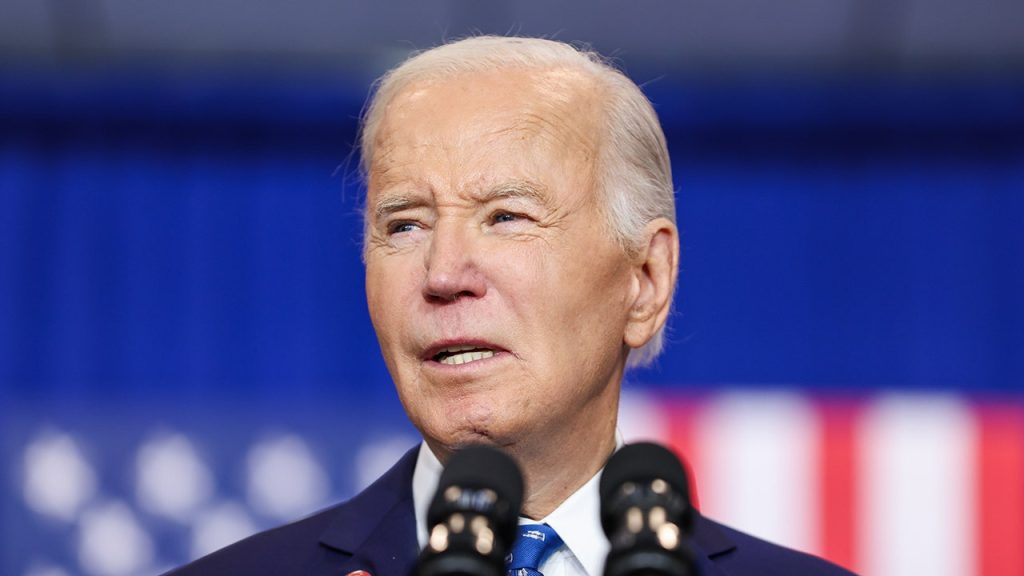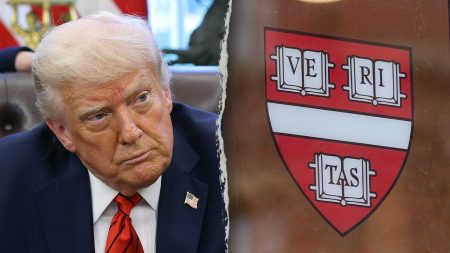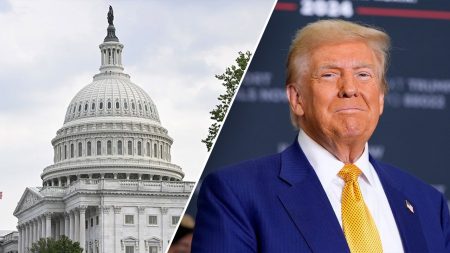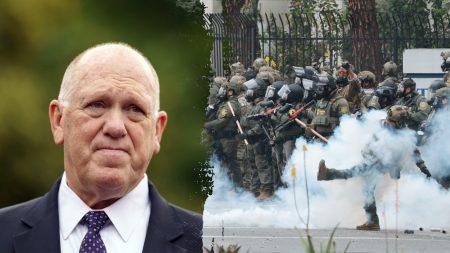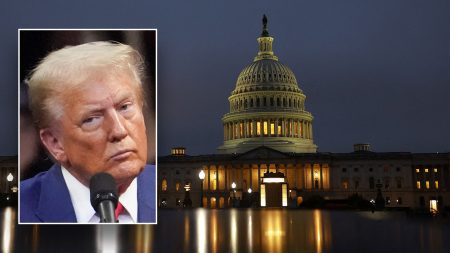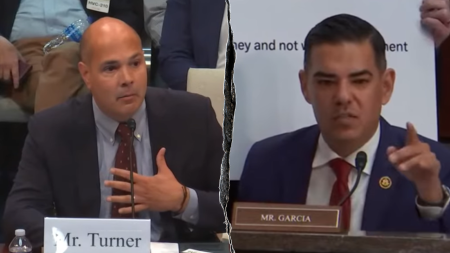The Biden administration’s proposed rule to lower nicotine levels in cigarettes, while intended to curb addiction and improve public health, carries significant risks of empowering criminal organizations and exacerbating illicit tobacco trade, according to experts. This regulatory shift, currently under review, aims to render cigarettes less addictive by drastically reducing nicotine content. However, critics argue this well-intentioned approach may inadvertently create a massive black market for conventional nicotine cigarettes, benefiting criminal cartels and undermining the rule’s intended purpose.
Rich Marianos, a former ATF assistant director and current chair of the Tobacco Law Enforcement Network, warns that this proposed ban could be a boon for organized crime, including Mexican cartels, Chinese criminal syndicates, and Russian mafia groups. He argues that these groups are already well-equipped to exploit such a shift in the market. Mexican cartels, with established smuggling routes for drugs like fentanyl, could easily add tobacco to their repertoire. Chinese organizations, notorious for counterfeiting various products, could flood the market with unregulated, high-nicotine cigarettes. Russian organized crime, with existing networks within American cities, could further infiltrate the tobacco market through bodegas and other retail outlets.
The FDA’s justification for the proposed rule rests on the premise that lower nicotine levels will deter future generations from addiction and aid current smokers in quitting. However, Marianos counters that this approach is likely to increase smoking rates, as smokers compensate for the lower nicotine content by consuming more cigarettes. This increased demand for conventional nicotine cigarettes would create a lucrative black market, attracting criminal enterprises and exposing consumers to unregulated and potentially dangerous products. The irony, Marianos points out, is that the intended public health benefit of reduced smoking could be entirely undermined by a surge in black market activity and an overall increase in cigarette consumption.
This potential surge in black market activity raises serious concerns about public safety and national security. Americans seeking their usual nicotine fix would be forced to resort to illicit channels, increasing their exposure to criminal elements and unregulated products. The profits from this illegal trade would further empower criminal organizations, potentially fueling other illegal activities and destabilizing communities. Furthermore, the lack of regulation in the black market poses health risks to consumers, as counterfeit cigarettes may contain harmful additives and lack quality control.
The potential consequences of this proposed rule extend beyond individual consumers and public health. As highlighted by Senators Cassidy, Warner, Rubio, Hagerty, and Casey in a letter to Secretary of State Antony Blinken, tobacco trafficking already poses a national security threat. Terrorist groups and criminal networks have historically exploited tobacco smuggling to finance other illicit activities, including money laundering, human trafficking, and arms dealing. The proposed rule could exacerbate this problem, providing a new revenue stream for these dangerous groups.
The FDA’s move to lower nicotine levels echoes a previous attempt by the Biden administration to ban menthol cigarettes, a proposal met with widespread opposition and ultimately delayed. Critics argued that the menthol ban disproportionately targeted minority communities and would inevitably lead to a surge in illicit menthol sales. This earlier controversy highlights the complex interplay of public health goals, regulatory challenges, and potential unintended consequences when addressing tobacco use. The current proposal raises similar concerns about unintended consequences, with experts like Marianos warning that the focus should be on comprehensive strategies that address addiction and support smoking cessation, rather than creating a lucrative new market for criminal organizations.




